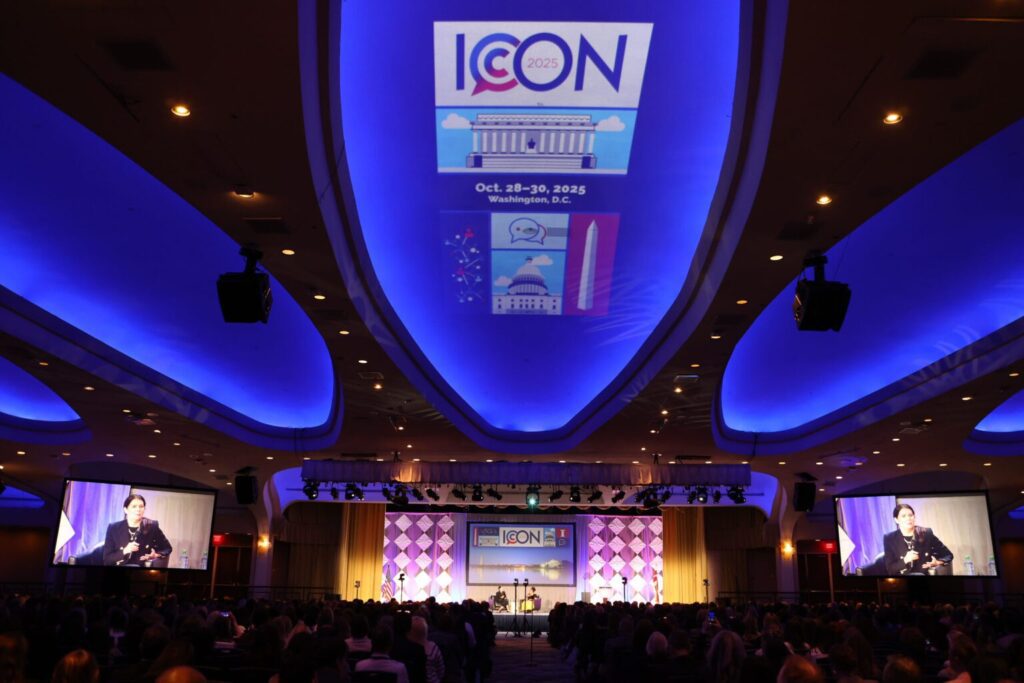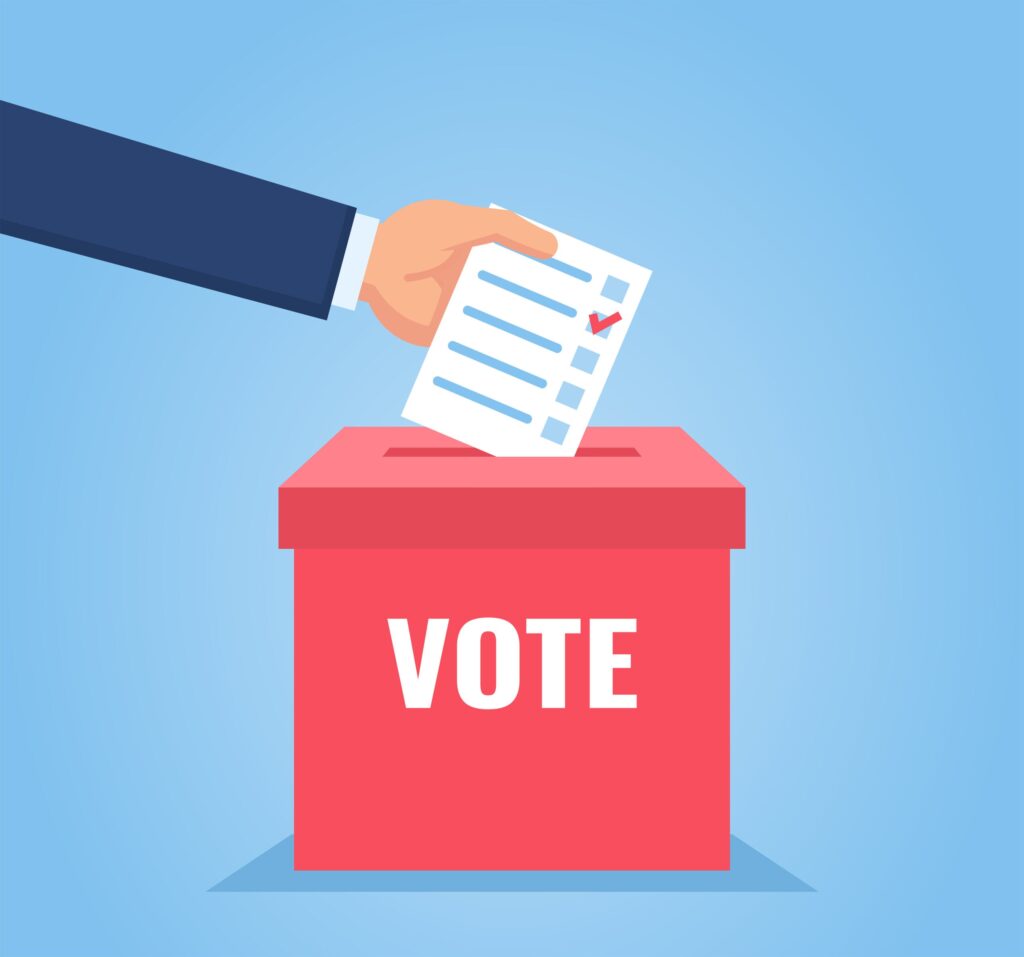
From her desk in midtown Manhattan, a woman tweets out a message to Ben & Jerry’s: Can they have the “Scoop Truck” stop by her office so she and her friends can get a free sample of some of its new flavors?
Sure thing. A short while later, the truck pulls up in front of the building, and the woman and her coworkers step out for some free ice cream.
The truck was in New York this June and July on a sampling tour that used Twitter as the only vehicle to let people know where the truck was and to ask consumers to direct the vehicle to its next destination. The tour handle @benjerrytruck had built up about 3,000 followers by mid-July.
The original plan was to leave one weekday open for the spontaneous stops, but by the end of the seven-week tour about 50% of the stops were those requested by consumers, said Jay Curley, integrated marketing manager for Ben & Jerry’s in the U.S.
Tweeting built impulsiveness into the campaign. During the World Cup game between the U.S. and Algeria, a tweet went out saying that Ben & Jerry’s would drive the truck directly to the first person to tweet back a picture of him/herself wearing a U.S. soccer jersey.
“It’s pretty impactful,” Curley said.
So impactful that a measurable sales uptick was recorded in the New York market, along with strong media impressions and social media stats that were impressive. The outgoing tweets got back between five and 100 responses.
So an original one-market tour is now in Boston, this time using Facebook as the main messaging center. The truck is making specific stops at community events, parks, offices and beaches, but it’s also letting its 1.3 million Facebook Fans know to request their own destinations.
Twitter still plays a role in the Boston promotion, as does Flickr—where Ben & Jerry’s posts photos of all the happy ice cream eaters and the truck, and then tweets out for followers and fans to come take a look.
“We have had regional sampling programs running over the years, but this is the first time we have really deeply used social media to promote and run one,” Curley says. ”Because it was uncharted territory, we did it just with Twitter in New York to simplify the process, and then went on to open it up to more social media platforms.”
So will Boston be the last stop?
“We’ll see,” Curely said.



